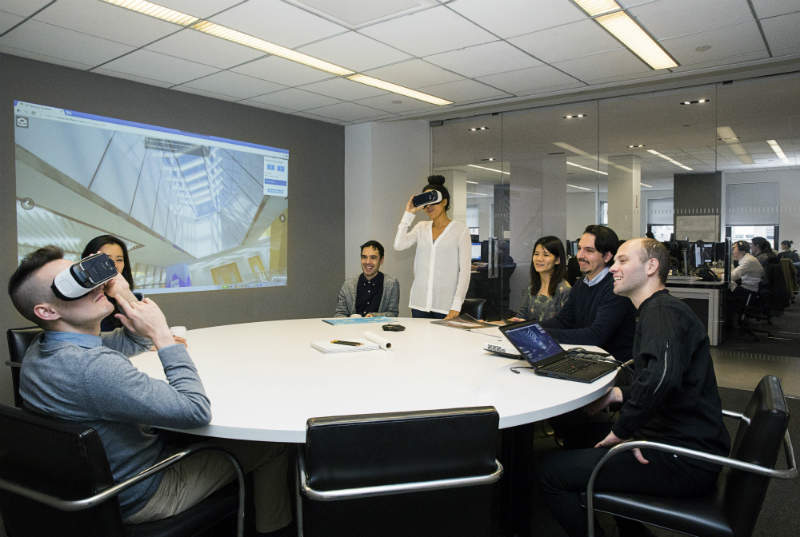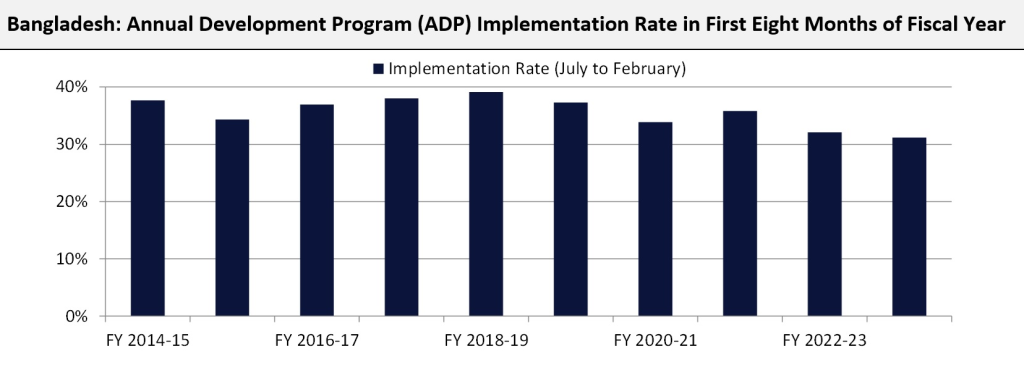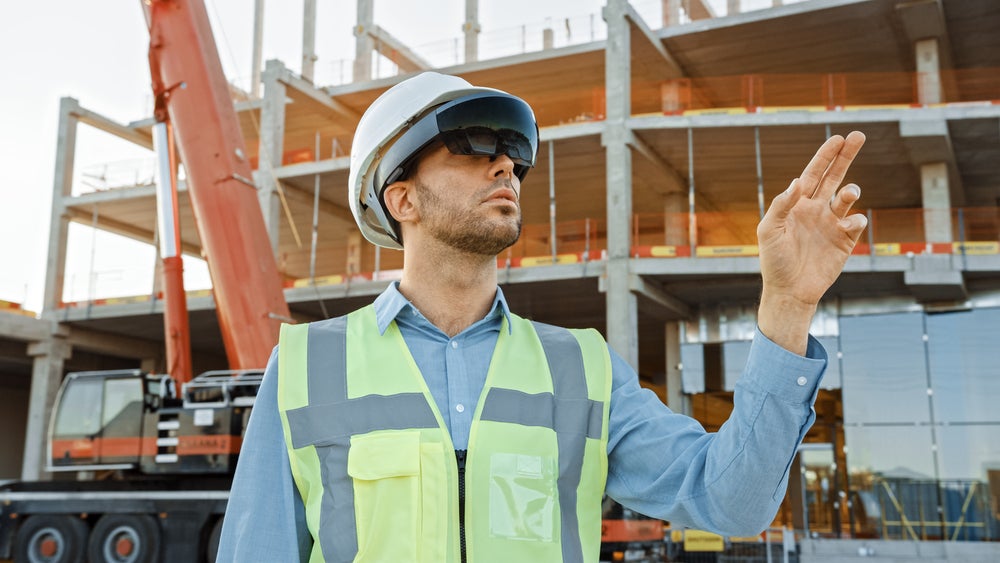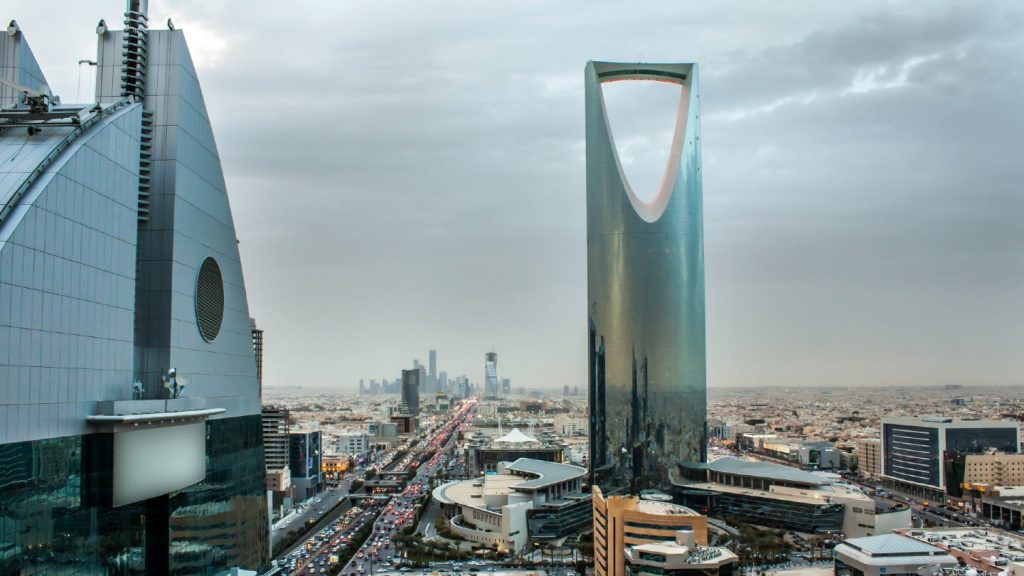
The client is standing in the hotel lobby. He walks around the space, admiring the marble floor and elegant front desk. Then he stares up at the ceiling. It is eleven meters high, but he thinks it should be higher. The client takes off his headset and instructs the architect to change the design.
With the release of Oculus Rift and HTC Vive in 2016, the world of architectural representation has changed in a profound way. From a world of 2D images, virtual reality (VR) technology now allows clients to visualise, experience and ultimately shape space like never before.
“VR has broken down the traditional barrier between architects and clients,” says Daniel Cashen, associate at SOM, the American architectural, urban planning, and engineering firm.
“When the client has a sense of scale and is actually standing in a space, they don’t have to rely on us to describe it to them. They can just simply throw on a set of goggles and experience it for themselves.”
Engaged clients
Cashen began experimenting with VR technology in 2015 and quickly found it had a dramatic impact on the engagement level of clients.
“Once the client feels like they are standing in the middle of a space their perception of scale is much more accurate than just looking at a rendering,” he says. “There is one project I am working on at the moment where the whole project has changed dramatically because of the number of comments we have received from the client after using VR.”
How well do you really know your competitors?
Access the most comprehensive Company Profiles on the market, powered by GlobalData. Save hours of research. Gain competitive edge.

Thank you!
Your download email will arrive shortly
Not ready to buy yet? Download a free sample
We are confident about the unique quality of our Company Profiles. However, we want you to make the most beneficial decision for your business, so we offer a free sample that you can download by submitting the below form
By GlobalDataTroels Dam Madsen, a senior architect at the Danish practice, Henning Larsen, experienced a similar reaction when his firm first introduced VR in early 2016.
“We used it for a big university in Paris,” he offers as an example. “We had one still image in the garden, one in the main foyer and one up in the library. The immersive element enabled the client to get a real sense of what the atmosphere and space will ultimately look like.”
This can be a double-edged sword, however. With clients experiencing designs from multiple vantage points, architects have to put in extra work to deliver a cohesive, fully-realised space.
“This is something that we are now actively debating,” says Cashen “With VR you don’t have the luxury of just filling in everything in the frame and then forgetting about the rest because you ran out of time. It puts an onus on us to invest more time into the spaces that we are portraying, whether it be static or the full experience.”
Managing expectations
The solution, says Cashen, is to think carefully about what stage of the design process you are at.
“If it is a concept phase, where things are not fully fleshed out, we try to aim for a more curated experience,” he says. “We usually choose static 360s that allow multiple vantage points and some sense of movement, but where you can’t move within the space because it may be that that space is not fully complete.”
VR also puts more responsibility on architects to actually deliver what they are showing. It’s one thing deviating from a 2D rendering, another entirely changing the design of a building a client has already seen and experienced.
“The technology has become so good that people will think it is a simulation of the final product down to the last detail,” Cashen cautions. “In the past, clients would use design presentations and reports as a point of comparison for when the building is built. Some have come back to us and said: ‘you didn’t show the fire sprinklers or the fire alarm on the wall of the rendering, so why can I see it on the wall now?’ Legally there is always a disclaimer with renderings, and we are having to do the same now with 360s.”
Using VR in design presentations can also be challenging, Madsen adds.
“You do lose a little bit of control over the presentation when you start handing out the goggles,” he says. “You can’t see what they are seeing and you can speak but they probably won’t listen to you. It is important to find the right atmosphere when using VR. We tend to use it during the break rather than as part of the formal presentation.”
For Madsen, while VR software is already well developed, the hardware is currently holding back adoption.
“We are really waiting for VR to become more portable,” he says. “At the moment it is a big effort to carry it with you around. It needs to be more integrated into the natural working environment so you don’t stand out wearing these heavy goggles with all the wires.”
Cultural shift
It is only a matter of time though, Madsen adds, before the technology matures.
“You can compare it to when the first CAD computers arrived,” he says. “Before that everybody was drawing by hand and it was a very alien thing that people would often make fun of it. One by one however, offices started to acquire a computer, which one guy would operate. Then everything progressed very quickly and now we don’t see anyone working in hand drawing.”
For Cashen, adoption levels are likely to rise as clients become more accustomed to immersive technology in other aspects of their lives.
“Traditional media is changing,” he says. “Today everything has to be interactive, immersive and engaging, it can no longer be static. I think architectural representation is just following in suit and running in parallel to that. We are living in a society that values experience much more than before. We have numerous requests for VR or interactive presentations, because that is just part of the culture now.”






